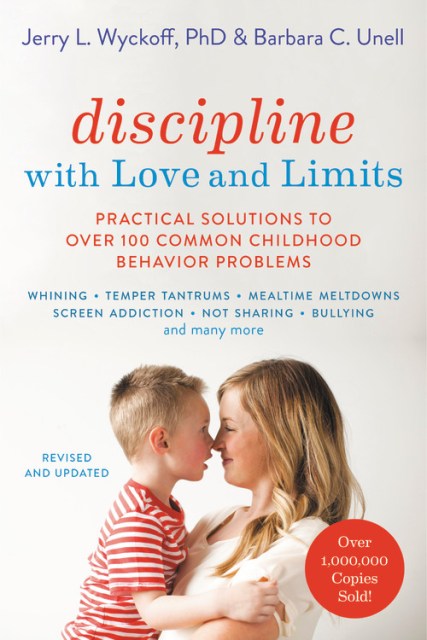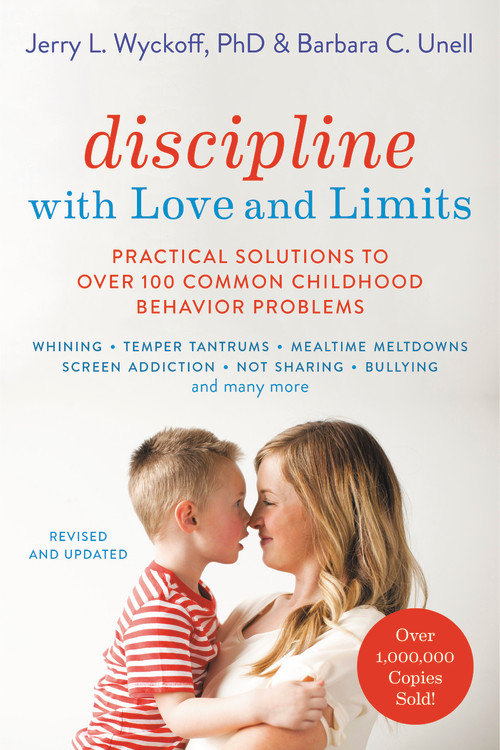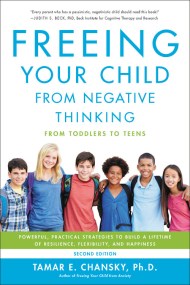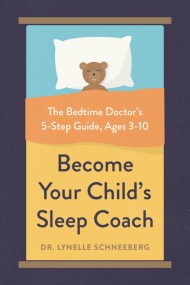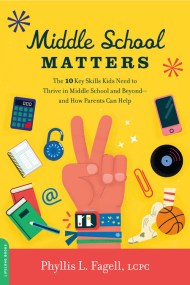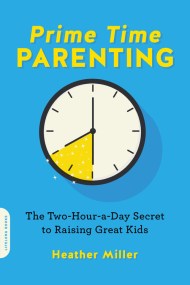Promotion
Use code MOM24 for 20% off site wide + free shipping over $45
Discipline with Love and Limits
Practical Solutions to Over 100 Common Childhood Behavior Problems
Contributors
Formats and Prices
Price
$21.99Price
$28.99 CADFormat
Format:
- Trade Paperback (Revised) $21.99 $28.99 CAD
- ebook (Revised) $9.99 $12.99 CAD
- ebook $7.99 $9.99 CAD
- Trade Paperback $11.99 $15.49 CAD
This item is a preorder. Your payment method will be charged immediately, and the product is expected to ship on or around July 9, 2019. This date is subject to change due to shipping delays beyond our control.
Also available from:
Filled with parent-tested advice for over 100 asked-for behaviors, including:
Screen Addiction – Bullying – Temper Tantrums – Won’t Listen – Whining – Not Eating – Jealousy – Biting – Lying – Talking Back – Testing Limits – Won’t Go to Bed – Clinging – Interrupting – Won’t Do Homework – Sibling Rivalry…and more!
With over 1 million copies sold, this updated and completely revised bestseller is the only pediatrician-recommended guide for what to do and what not to do in encouraging, respectful ways when responding to everyday behavior challenges of toddlers to teens. Practical solutions on each page teach empathy and inclusiveness, reduce stress and anxiety, build positive relationships, and empower children to thrive emotionally and physically.
Genre:
- On Sale
- Jul 9, 2019
- Page Count
- 288 pages
- Publisher
- Da Capo Lifelong Books
- ISBN-13
- 9780738285696
Newsletter Signup
By clicking ‘Sign Up,’ I acknowledge that I have read and agree to Hachette Book Group’s Privacy Policy and Terms of Use
